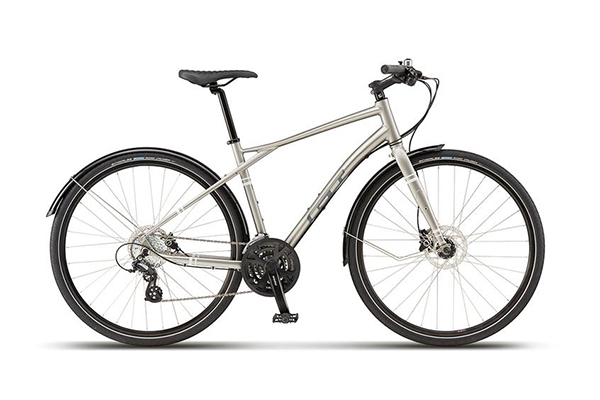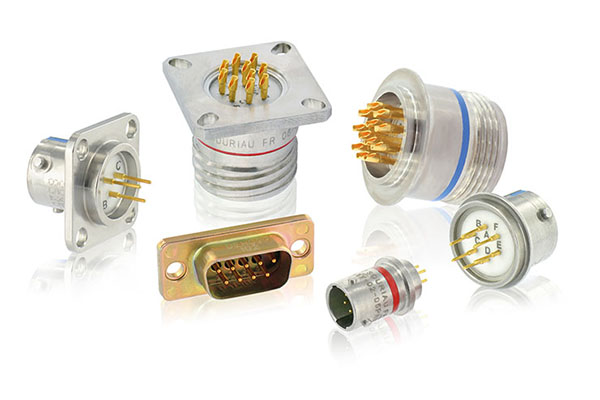If you are an avid cyclist, you know that having the right equipment is essential to your performance and safety. One of the most critical components of your bike is the wheelset, and the rims play a significant role in this.
In recent years, hookless rims have become more prevalent in the cycling industry. These rims have some advantages over traditional hooked rims, but they require specific maintenance and tire compatibility. In this article, we will discuss what hookless rims are, how to check if your rims are hookless, and tips for maintaining them.
What are Hookless Rims?
Hookless rims, as the name suggests, do not have hooks on the bead seat. The bead seat is the part of the rim where the tire sits, and the hooks are the raised edges that hold the tire in place. Instead of hooks, hookless rims have a straight sidewall that holds the tire in place.
Hookless rims are more prevalent in the cycling industry because they have some advantages over traditional hooked rims. One of the main advantages is that hookless rims allow for a more oversized tire profile, which can increase the volume of the tire and improve traction. Additionally, hookless rims can be lighter because they don’t require the material needed for the hook. They are also less likely to have manufacturing defects, such as cracks or deformations on the hook.
However, there are some disadvantages to hookless rims. They require a tubeless setup, which can be more challenging to install than traditional setups. Additionally, the tire and rim must be compatible for a secure and safe setup. If you use the wrong tire, you could risk tire blowouts or poor performance.
How to Check if Your Rims are Hookless?
If you are unsure whether your rims are hookless or not, there are a few ways to check.
Look for markings on the rim
Manufacturers usually indicate on the rim whether it is hookless or not. You can check the labeling on the rim to see if it has the word “hookless” or “HL” printed on it. However, not all manufacturers label their rims, so this method is not always reliable.
Check the manufacturer’s specifications
Another way to determine if your rims are hookless is to check the manufacturer’s specifications. You can usually find this information on the manufacturer’s website or by contacting customer service. The specification should indicate whether the rim is hookless or not.
Measure the internal width of the rim
If you don’t have access to the manufacturer’s specifications or the rim markings, you can measure the internal width of the rim. Hookless rims have a straight sidewall that goes all the way to the bead seat. Therefore, if you measure the internal width of the rim and notice that there is no hook, it is likely that the rim is hookless.
Use a tire lever or bead jack to remove the tire
If you are still unsure whether your rims are hookless, you can use a tire lever or bead jack to remove the tire. Traditional hooked rims require the hooks to hold the tire in place, so if you can remove the tire without using the hooks, it is likely that the rim is hookless.
Tips for Maintaining Hookless Rims
If your rims are hookless, it is essential to maintain them properly to ensure your safety and the longevity of the rims.
Use proper tubeless tires
Hookless rims require specific tubeless tires to ensure a secure and safe setup. Always check the manufacturer’s recommendations for tire compatibility. Using the wrong tire can result in poor performance or tire blowouts, which can be dangerous.
Avoid over-inflating the tires
Over-inflating the tires can cause the tire bead to stretch and lose its shape, which can cause the tire to pop off the rim. Always check the recommended tire pressure and avoid exceeding it. Use a reliable tire pressure gauge to ensure accurate pressure readings.
Check the bead seating regularly
It is essential to check the bead seating of the tire on the rim regularly. The bead seat is where the tire sits on the rim, and if it is not seated correctly, it can cause air leaks or tire blowouts. You can check the bead seating by visually inspecting the tire and rim or by using a tire lever or bead jack to remove the tire and check the seating.
Keep the rims clean and free from debris
Keeping your rims clean and free from debris is essential to ensure optimal performance and longevity. Dirt and debris can accumulate on the rim, which can cause the tire to lose traction or wear out faster. Clean your rims regularly with a soft brush and mild soap to avoid any damage.
Conclusion
Hookless rims have become more prevalent in the cycling industry due to their advantages over traditional hooked rims. If you are unsure whether your rims are hookless or not, there are a few ways to check, including looking for markings on the rim, checking the manufacturer’s specifications, measuring the internal width of the rim, or using a tire lever or bead jack to remove the tire.
If your rims are hookless, it is essential to maintain them properly to ensure your safety and the longevity of the rims. Always use proper tubeless tires, avoid over-inflating the tires, check the bead seating regularly, and keep the rims clean and free from debris.
By following these tips, you can ensure that your hookless rims provide optimal performance and safety for all your cycling adventures.



